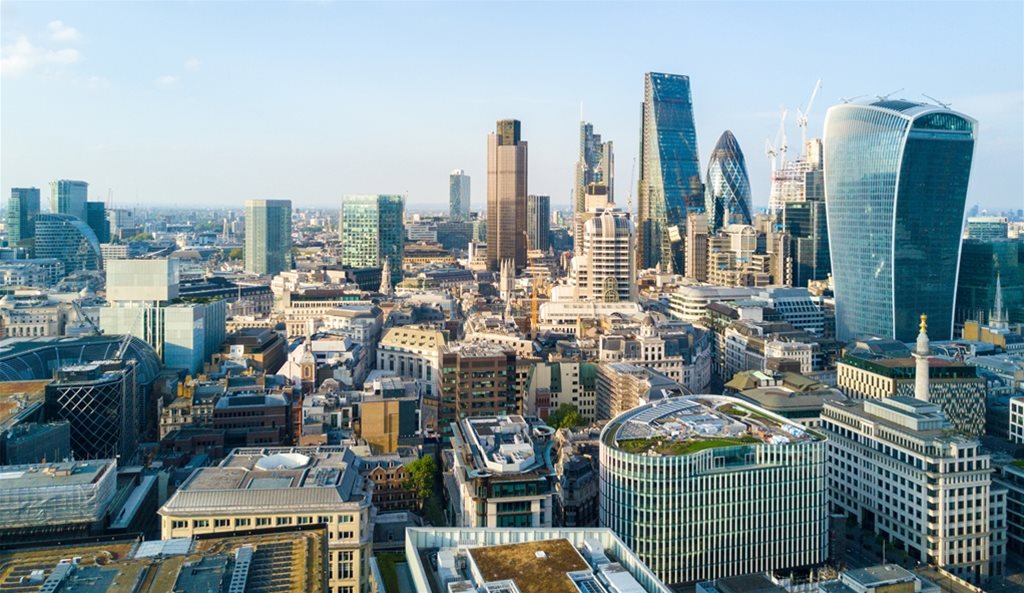At the start of November, the Fire Protection Association (FPA) released data that starkly illustrated the significant financial impact fires have had on businesses and services in the UK.
The data was calculated over a ten year period between January 2009 and December 2019. It analysed 4,782 major UK fires in buildings used by private and public sector organisations and in residential and mixed multiple occupancy shared ownership buildings. The figures were revealed as part of the launch of the “Know Your Building” campaign, timed to coincide with the online Fire 2020 conference run jointly by the FPA, the Institution of Fire Engineers and the National Fire Chiefs Council.
The average loss was £657,074 per incident
The figures reveal that the average level of loss per incident was calculated as £657,074. That’s a staggering cost for a business to bear. For many organisations, it could put them in a position where they simply can no longer continue to operate.
That figure doesn’t just reflect the direct financial impact of a fire. As well as the more obvious costs like the damage to buildings and contents, it also includes factors such as the loss of data, the interruption to business or services and loss of income. The analysis also incorporated the impact of the damage to reputation, the loss of customers to competitors and the upset and disruption experienced by employees. Building damage accounted for 43% of the average cost. Interruption to business or services stood at 18%, followed by damage to building contents (7%) and loss of stock and damage to machinery (both 5%).
Industrial processing and manufacturing buildings were hardest hit financially – with total losses calculated at £808m. In terms of the large losses, they made up 14% of all cases, but it was retail buildings that were most affected at 15% of the total number. Accommodation buildings made up 13% of large losses followed by 11% in pubs, bars and restaurants.
The analysis looked at the reasons behind the fires. 55% of all fires analysed were caused accidentally and 33% were of unknown cause. Arson was behind nearly a third (31%) of all fires included in the study. It’s well known that arson is a serious problem – but these figures really highlight the extent to which this crime is affecting businesses and how important it is that they are taking steps to protect their premises from it.
It’s also worth noting the concern about obstructions that affected the fire and rescue services being able to tackle fires. In 12% of instances, they struggled for reasons that included poor vehicle access and a lack of on-site water supply. When organisations think about fire safety issues, they need to take a broad perspective that factors in these types of considerations too.
Can you do more to protect your organisation from fire?
As part of the ‘Know your Building’ campaign, several resources have been provided to support organisations’ efforts in assessing their fire risks and putting suitable actions in place to address them. They include the Fire Blind Spots Calculator to help identify gaps in fire safety awareness. There’s also a mini-paper available - ‘Is your organisation resilient to fire?’ - that summarises the main fire risks organisations face, and outlines some common issues to be aware of.
How well do you know your building and its fire risks?
Fundamentally, the campaign is reminding organisations not only about the high level of priority they must continue to give fire safety, but also of the need to continually ask themselves whether more can be done.
That includes making sure all necessary fire systems are in place, and competent individuals are involved in installing and maintaining them. Don’t forget that the fire services’ role is to protect life. They are under no obligation to prevent the loss of a building or its contents. It’s vital that companies continually review any further steps that could contribute to making them even more resilient to fire, keeping building users safe and also protecting the building itself and everything within it.
What could be the cost of not looking after your fire systems?
Fires risk lives and they can also harm livelihoods. Please do contact us if you would like some expert guidance on protecting your buildings from the risk of fire.
